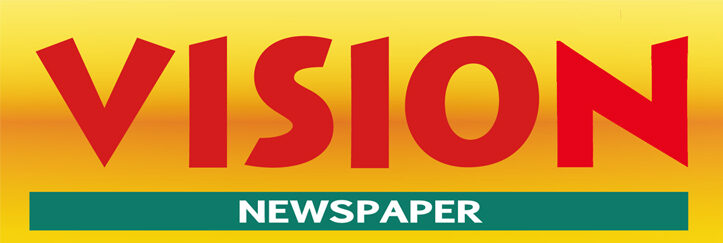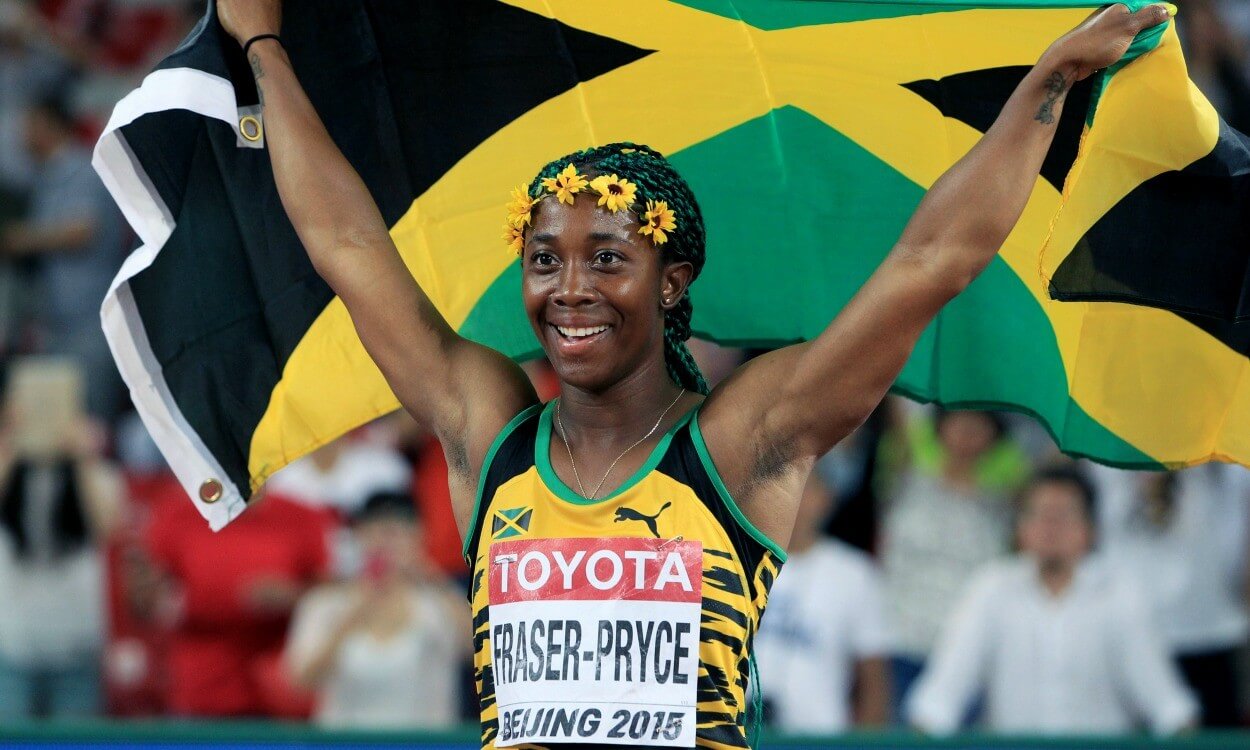Hughes has surgery, remains in critical condition after being hit on the head in Shield game
By Keiran Smith
THE ASSOCIATED PRESS
SYDNEY, Australia _ Australia batsman Phil Hughes had emergency surgery and was in a critical condition in a Sydney hospital after he was struck on the head by a ball in a domestic first-class cricket match on Tuesday.
Hughes, who was wearing a protective batting helmet, reeled back and then bent forward momentarily after the impact of the short-pitch delivery before falling suddenly to the ground. He was treated and ventilated on the field by medical experts, including doctors who were flown by helicopter onto the Sydney Cricket Ground, before being taken to nearby St. Vincent’s Hospital by ambulance.
Hospital spokesman David Faktor said Hughes arrived in a critical condition and had scans before undergoing surgery.
“He’s in ICU now, they’ve finished the surgeries but he’s still in a critical condition,” Faktor said. “Now they’ll just monitor him.”
The Sheffield Shield match between New South Wales, where Hughes was born and raised, and South Australia, where he now plays provincial cricket, was cancelled.
South Australia Cricket Association high performance manager Tim Nielsen said the outcome of the surgery was unlikely to be known for one or two days, and he requested privacy for the Hughes family and friends who had gathered at the hospital.
The 25-year-old Hughes was considered a strong contender to play in the first test against India next week if injured skipper Michael Clarke was forced out by a lingering hamstring strain. He was batting confidently on 63 when he mistimed an attempted pull shot and was hit on the back, left side of the head by a regulation bouncer from New South Wales fast bowler Sean Abbott.
Umpires and players rushed to help, and doctors were quickly on the field.
News of the accident was broadcast across Australia on TV and radio. Clarke went quickly to the hospital, where he joined Hughes’ mother and sister, who had been at the match.
Hughes has played 26 test matches for Australia since his debut in 2009 but hasn’t been able to cement a regular spot in the starting lineup. Australian and international players and officials were quick to react, sending messages of encouragement to Hughes via social networking sites.
“He is a great fighter and a great young man!” Australia coach Darren Lehmann posted on Twitter.
Australia opener David Warner, who has played with Hughes but was playing against him on Tuesday, posted: “Thoughts are with my little mate Hughsy and his family. He is a fighter and a champion and he will get through this. Praying for you buddy.”
Cricket Australia chief executive James Sutherland said Hughes’ health was the main concern.
“Our thoughts and prayers are with Phil Hughes right now. We are also thinking of his family, team mates and friends in the Australian cricket family,” Sutherland said. “His welfare is our highest priority. We’re also naturally concerned about all of those involved in today’s game.”
Sutherland said he was shocked by the accident.
“It sends shudders through you a little bit … it makes a lot of things flash through your mind,” Sutherland told reporters in Melbourne. “All we know is that it’s serious and he’s fortunate to be in the best-possible place right now with experts all around him.”
Sutherland said he’d received messages of support from around the world.
“Everyone knows and understands the way he plays his cricket,” Sutherland said. “He’s fiercely determined, extremely proud of his achievements and I guess he’s a quiet achiever.
“He has the respect of all his teammates.”
Cricketers didn’t start wearing protective helmets until the late 1970s, when batsmen decided it was necessary to protect themselves against a 156-gram (5 1/2 ounce) leather ball travelling at up to 160 kph (100 mph).
Bouncers, where a fast bowler aims to push the batsman back toward his stumps with a ball that bounces above chest or head height, are still a regular and acceptable part of the game.
The International Cricket Council revised its laws on short-pitch bowling in the early 1990s, putting restrictions on the number of short-pitch balls allowed per over to stamp out bowlers merely using the delivery to intimidate batsmen. Top-level batsmen either take the defensive approach of trying to avoid the short-pitch balls, or take the risk of hitting it to leg-side to score runs.

